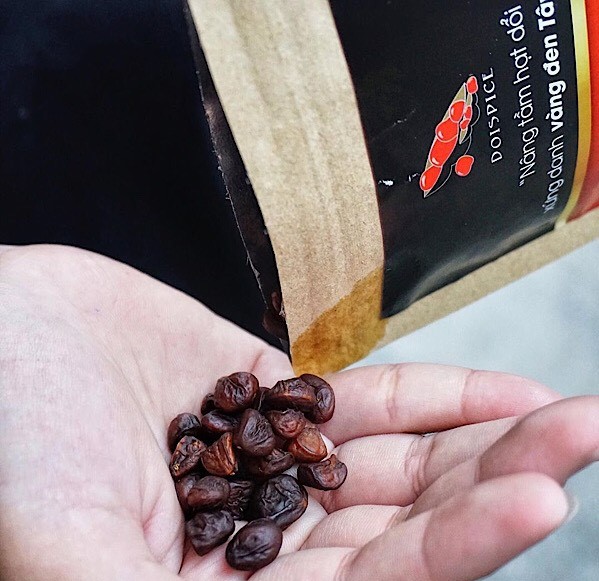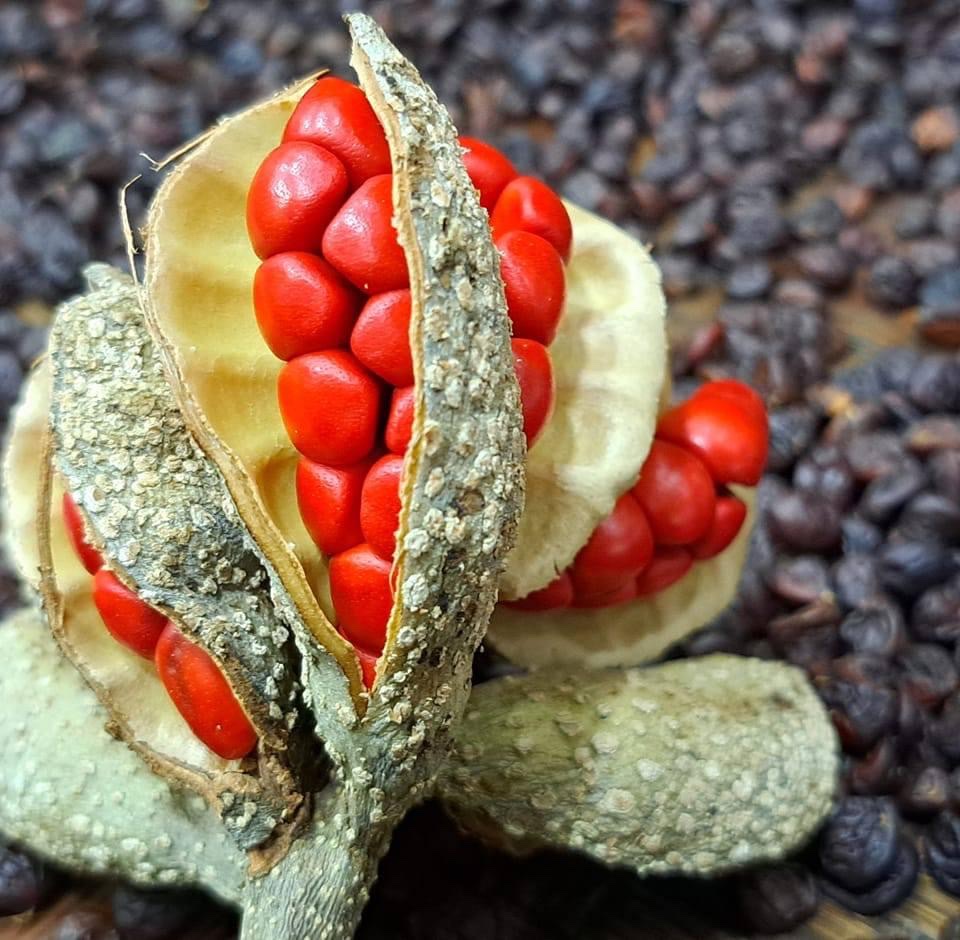Doi seed is a renowned spice from the Northwest region of Vietnam, distinguished by its unique, unmistakable aroma and high medicinal value due to its abundant essential oil content. Just a few seeds are enough to completely transform a dish. Anyone who has ever tasted its flavor will surely find it hard to forget its intense flavor.

In the past, towering Doi trees, tens of meters high with straight trunks reaching for the sky, were a source of pride for the entire Northwest. Every seed from these ancient, fragrant Doi trees was highly sought after by traders. At one point, the price of Doispice seeds reached 4 million VND per kilogram due to extremely limited supply, as they were primarily harvested from wild forests. Meanwhile, cultivating Doi trees is no easy task. A Doi tree takes at least 9 years to yield a harvest and requires over 15 years to produce stable output and quality. Precisely because of this, Doispice seeds became so precious that they were once dubbed the “Black Gold of the Northwest.” Customers looking to buy them often had to be very cautious and count each seed carefully.

In recent years, recognizing the high economic value of Doispice seeds, many localities have embarked on large-scale cultivation of Doi trees, particularly in the Central Highlands region using grafted varieties that take only 3 to 4 years to harvest. This has led to a rapid increase in the supply of Doi seeds and a consequent sharp drop in their price. Doi seeds are no longer considered “as precious as gold” when consumers can now easily buy them by the kilogram for use. Therefore, many people feel a sense of regret for Doi seeds, which have gradually transitioned from “Black Gold” to a regular spice.

However, many spice industry experts and culinary professionals still hold Doispice seeds and their status in high regard. The sharp price decline is primarily due to the massive supply from the Central Highlands. While seeds from this region have the advantage of high yield, their quality cannot compare to those from the Northwest, especially from areas like Lac Son, Hoa Binh. Seeds harvested from wild forests or natural gardens with ancient Doi trees over 40 years old still offer a distinct flavor profile that grafted trees simply cannot replicate.

Therefore, many still expect that Doispice seeds will regain their status in the future as consumers gradually prioritize quality over price. Concurrently, new cultivation areas are likely to shrink as oversupply makes the seeds harder to sell. On the other hand, the significant price drop also presents an opportunity for spice export companies to promote the export of Doispice seeds abroad, which was previously limited by their excessively high cost. **Doispice** assesses the export potential for these seeds as considerable, as many international culinary experts who have tried this spice note that it is completely different from others and offers an incredibly interesting experience. Furthermore, with its intense, camphor-like aroma and long-lasting scent, Doispice seeds can be extracted into essential oils for international cosmetic and pharmaceutical companies. This promises to be a significant future market for Doispice seeds.


